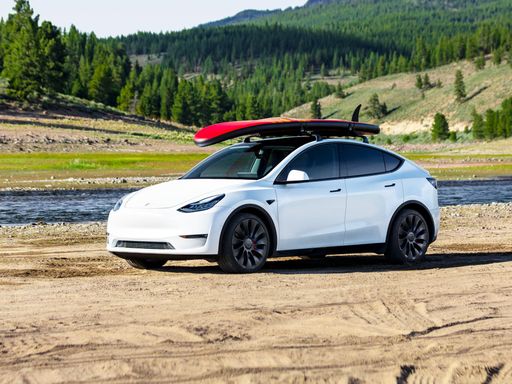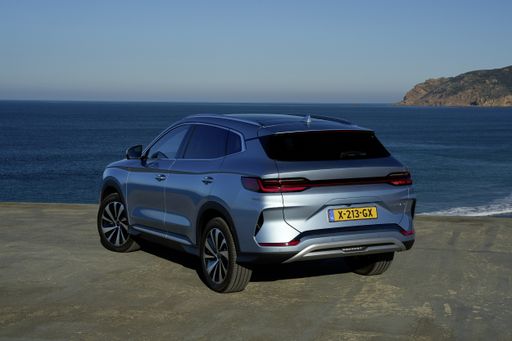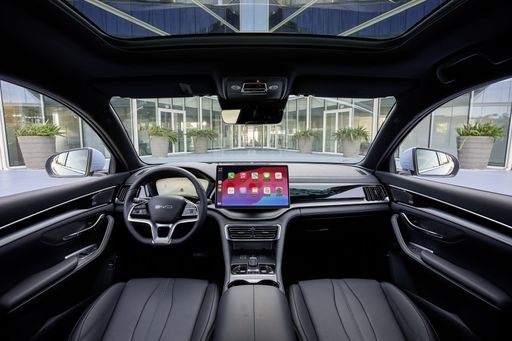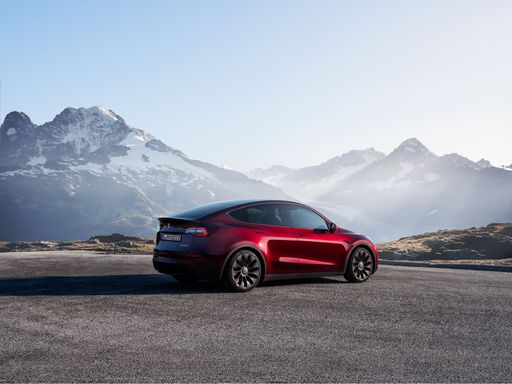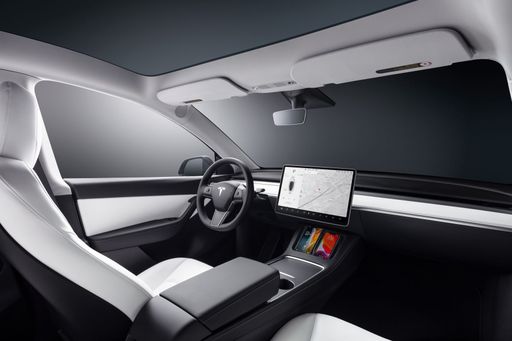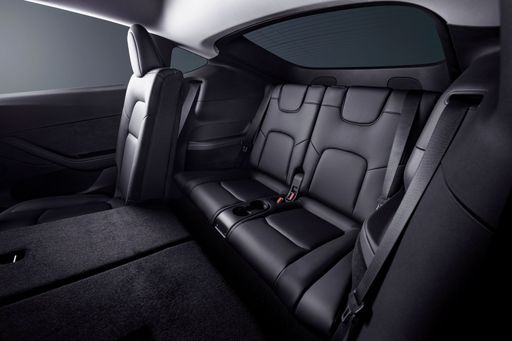Street Presence: what people will notice first
The two cars present very different personalities at a glance: the BYD Seal U leans into sleek, swooping lines that whisper fastback elegance, while the Tesla Model Y projects a more utilitarian, upright crossover stance that reads as purposeful and familiar. Both manage to look modern in their own way, though the Seal U aims for head-turning style and the Model Y for confident understatement. That difference already sifts buyers: style-conscious drivers will be drawn to the Seal U’s sculpted silhouette, while pragmatists will appreciate the Model Y’s straightforward, broadly appealing presence.

